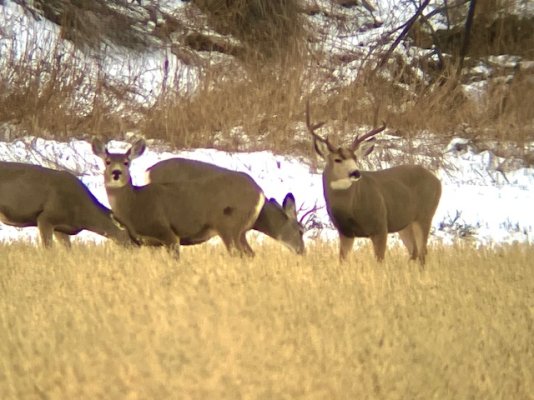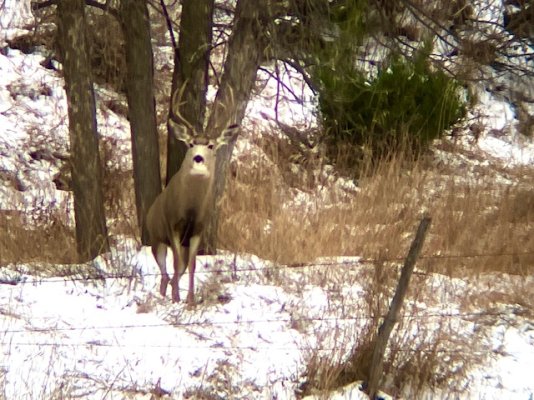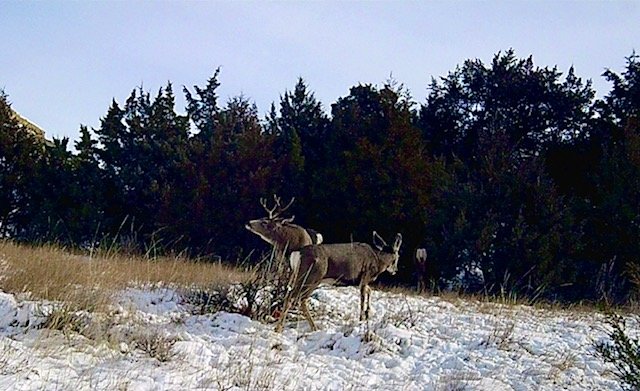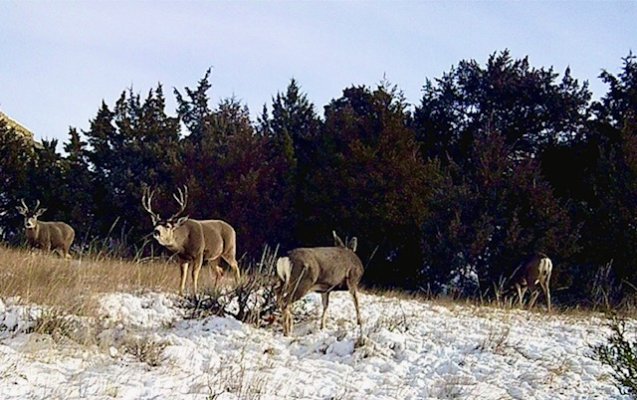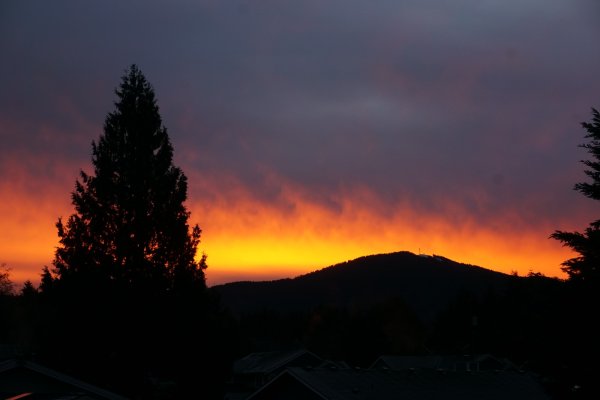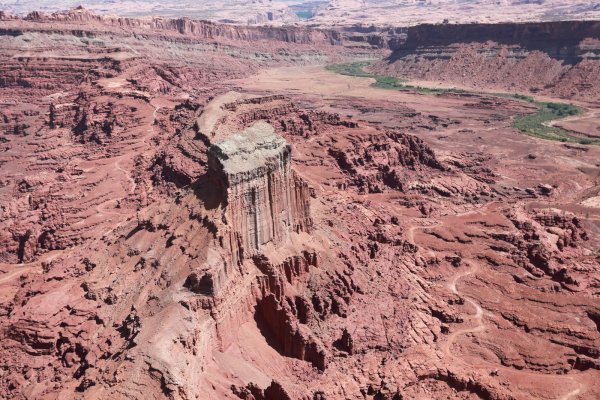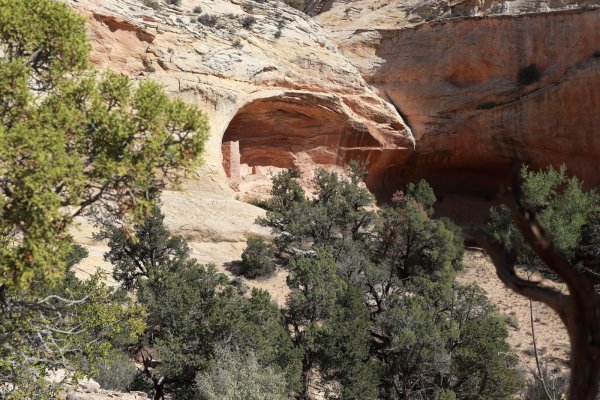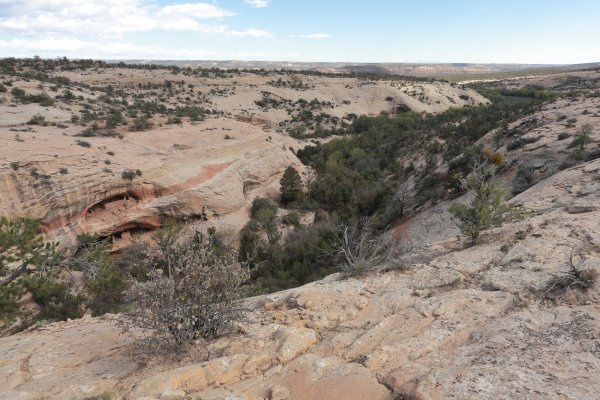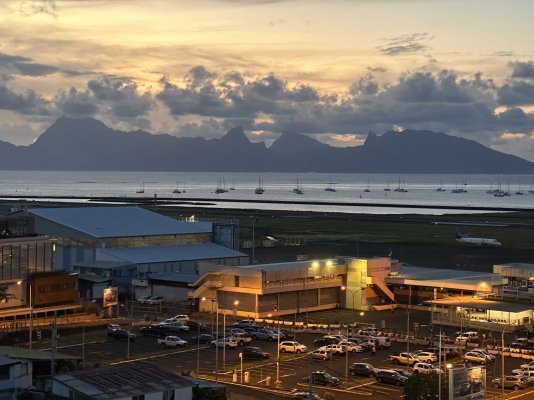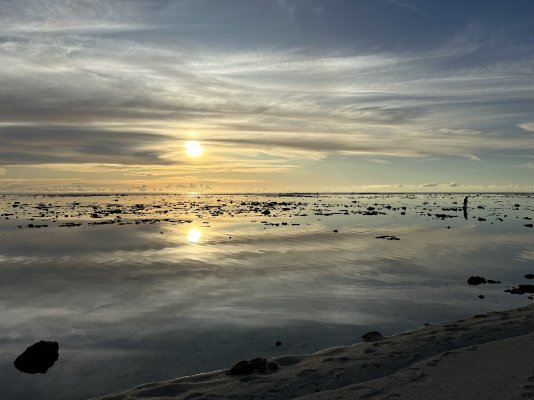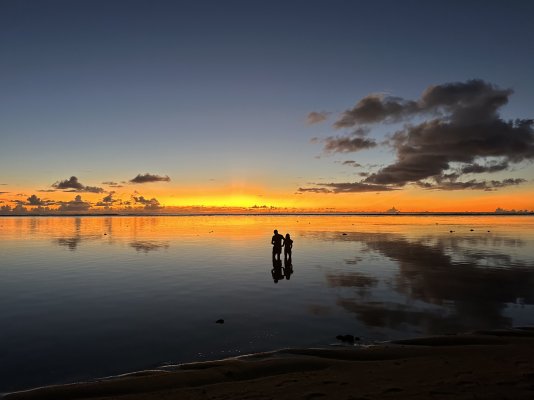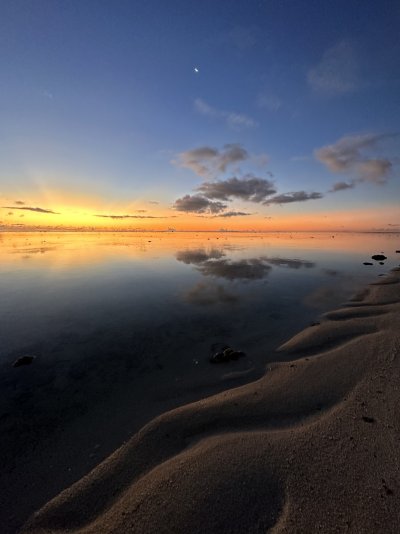I once stayed in Tekapo (near the shores of Lake Tekapo). When I booked the stay, I didn't know Tekapo was one of the premier Dark Sky reserves in the world.
They have an observatory near town and you can take a tour which starts at like 11 PM where they take you up to the observatory and they will hook up your DLSR to the telescope and take some pictures for you.
I didn't do the tour. The camera I had was new at the time, with a new lens mount, so it was unlikely they would be able to hook it to their telescope.
But the lodging had a terrace with clear views of the nearby mountains and the sky and I decided what the heck, might as well see what I can get.
Got some pretty good pictures, had a 20 mm F1.8 which I used but the best pictures I got were with the aperture stopped down to around 5.6, 6.3, 8 and all the exposures were short, so there's very little sign of star trails and got relatively low ASA settings, some under 1000.
I don't think I got any recognizable constellations but it's amazing how many stars showed up with exposures of a few seconds. I couldn't see them that well with the naked eye but if you open the shutter long enough, they appear in the shots.

